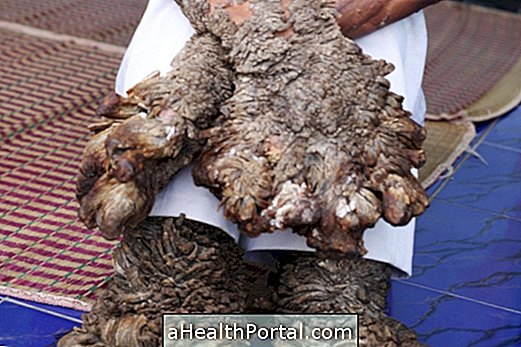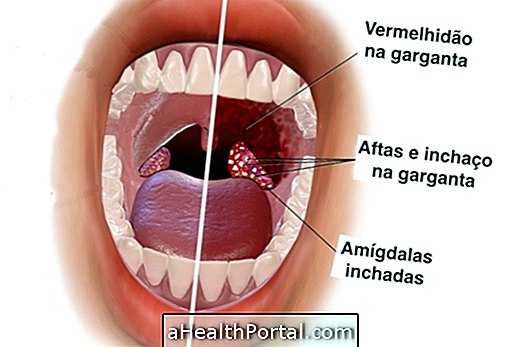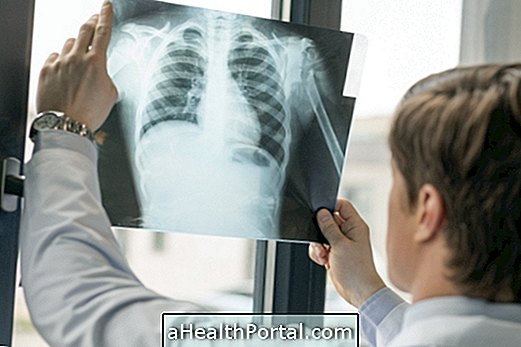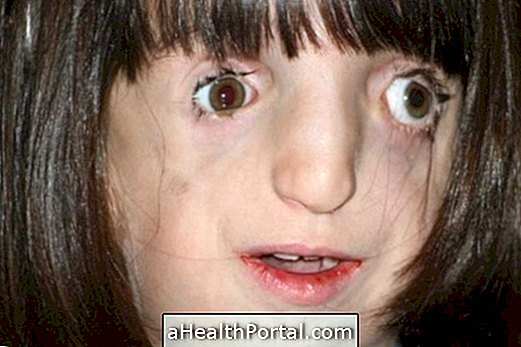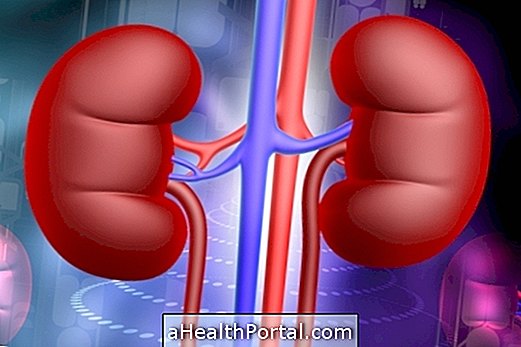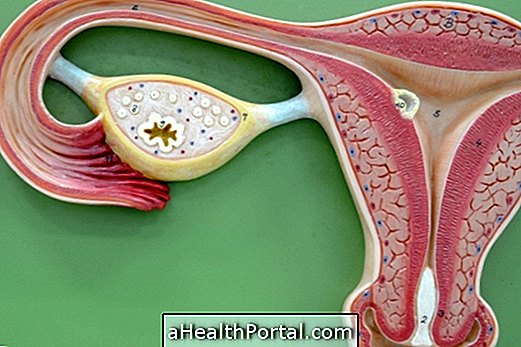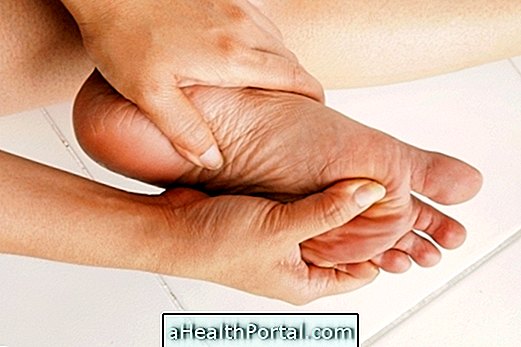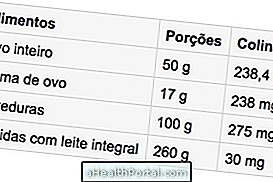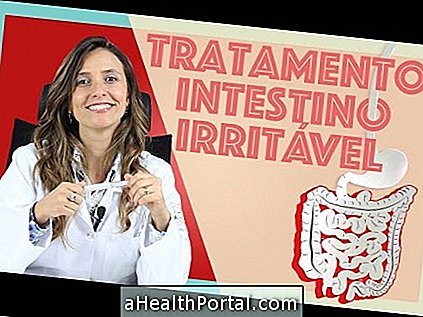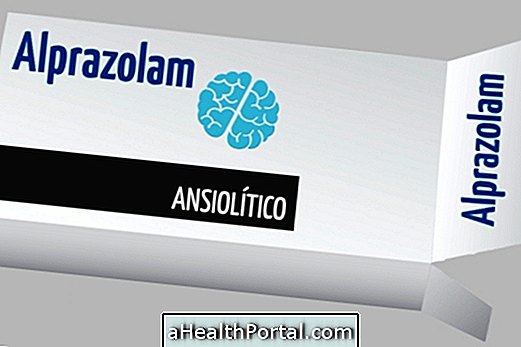Treatment of Yersinia pestis infection should be initiated shortly after the first symptoms of the disease from the administration of antibiotics for a period of 10 days depending on the medical report, such as:
- Streptomycin;
- Tetracycline;
- Gentamicin;
- Fluoroquinolone;
- Chloramphenicol.
The treatment is done in isolation to prevent the spread of the bacteria. Treatment initiated briefly reduces the chance of death to less than 5%. In addition, it is important to carry out pest and / or rodent control at the place of residence to prevent the emergence of infected animals.
The bacteria Yersinia pestis is a cause of bubonic plague or black plague and can be found in fleas, which are present mainly in infected rodents. This disease is serious and often fatal if left untreated. It is characterized primarily by very swollen and aching gums, severe headache and constant chills. Learn the main symptoms of bubonic plague.
Life cycle of bacteria
Fleas feed on blood, especially rodents. If the rodents are infected with Yersinia pestis, by parasitizing the animal, the flea also acquires this bacterium. When the rodent dies, the infected flea looks for other bodies to continue feeding on blood. Thus, it can infect other rodents and other animals, such as cats or humans by means of bites.
Each flea can remain infected for months and thus infect more people and more animals. The first symptoms of Yersinia pestis infection occur between two and six days after infection.
How Transmission Happens
Transmission of this bacterium to humans can occur in a number of ways, including:
- Infected flea bite;
- Manipulation of blood, secretion or tissues of infected animals;
- Bites and scrapes of contaminated cats.
The least common mode of transmission is through vomiting, sneezing, and coughing, in which the droplets become dispersed in the air and can spread this bacterium among the population, so it is important that the treatment be performed in isolation.
How to prevent
The prevention of this infection can be done based on rodent and pest control and on the use of repellents to avoid flea bites, as the bacteria that cause plague mainly infect mice, mice and squirrels, which are the main hosts of fleas . It is also important to use protective equipment when handling blood, secretion, and tissues from potentially infected animals.
People who travel to endemic places at risk of exposure to the bacteria can take preventive doses of tetracycline.
